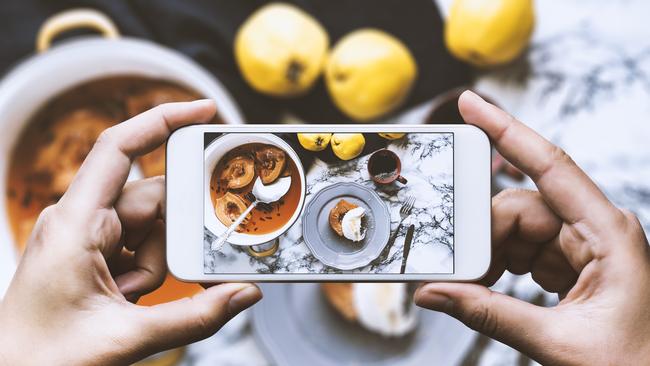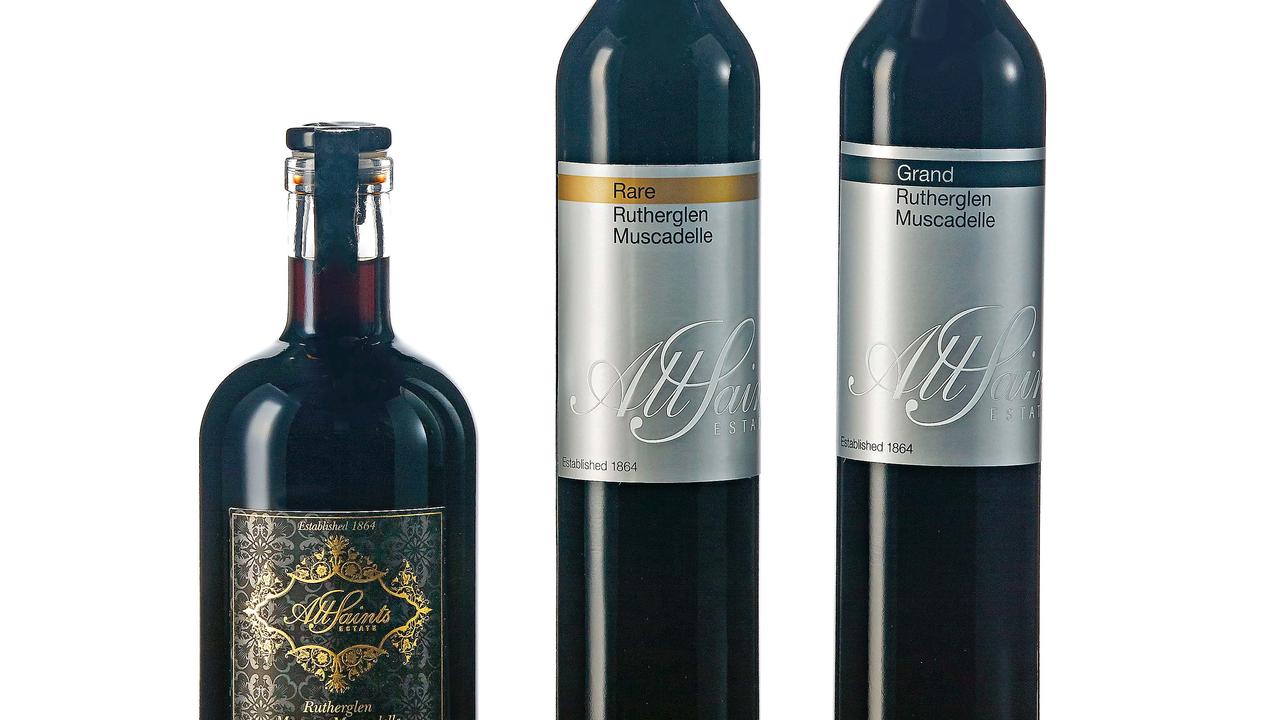The new millennial currency
In social media land, the barter system is alive and well. Transparency is the victim.

So, imagine you’ve just seen an Instagram post in which a young woman – we’ll call her @xxxxx – is pictured at a table laden with food. “Just thinking about those perfectly shaped poached eggs [emoji, emoji]. Thanks for having us @thetampertrapbrighton.”
Now, when I’ve enjoyed great hospitality, and paid for it, I often thank the host for having us, too, although not on social media; maybe I’m just naive. Am I supposed to know @xxxxx had breakfast (perhaps with a plus-one) as payment for the post?
I can’t even remember how #couscousforcomment came about, but the gist remains this: “influencers” who approach food businesses with an offer to post on social media in exchange for something – meals, booze, cash, all three – get named and shamed by me on Instagram, because few if any declare their posts to have been quid pro quo, which I find deceitful.
Needless to say, this is something that hasn’t crossed many of their minds. In social media land, the line between editorial and advertising is as shaky as an alcoholic’s handshake. When Alan Jones does a sponsor read on radio, well, you just know he’s not doing it for love – but on social media, how on earth would you know what the motivation is?
Anyway, #couscousforcomment got a little traction; one media student even did a broadcast assignment on the phenomenon. So the other day someone got in touch to say: “All very well, but what about when the shoe’s on the other foot?” That is, when it’s not the influencers chasing freebies but businesses buying social media traffic?
I first came across @xxxxx when she picked up the following “task” on the online odd-jobs marketplace Airtasker: “We are a cafe based in east melbourne and need food blogger/influencer with minimum 10k+ followers to: 1. Review and recommend us on Facebook 2. Review us on zomato 3. Review us on Google 4. Share our post in your social media accounts 5. Like our page on Facebook 4. Feature us in your blogs and write review/article about us in your blog.” The pay was $20, so it’s no get-rich-quick scheme.
I haven’t been able to work out the identity of that particular cafe, or connect a post/s to the task, yet, but Kosta Koukouravas, co-proprietor of The Tamper Trap, confirmed he uses Melbourne agency Milk Bottle Projects for his “freebie” influencer program and buys work from “serious” influencers for cash. Asked whether the influencers should declare the commercial relationship, he said he hadn’t considered it.
Nikki Williams, of Milk Bottle Projects, told us the agency only uses influencers who do it for contra, not cash; she said some influencers come to them, others they seek out. Most importantly, she said they do not have a policy on declarations.
Via Instagram message, I asked @xxxxx why there were no declarations on her posts; she replied that “it is not stated in the collaboration/partnership that we need to disclose that sort of info in regards to getting a free meal in exchange for a post”.
So, the cafes, restaurants and their marketing agents are just as much a part of the problem as the floggers who rhapsodise without making it clear they’ve been “paid”.
This is a new, millennial currency, the barter system alive and well. Transparency is the victim.


